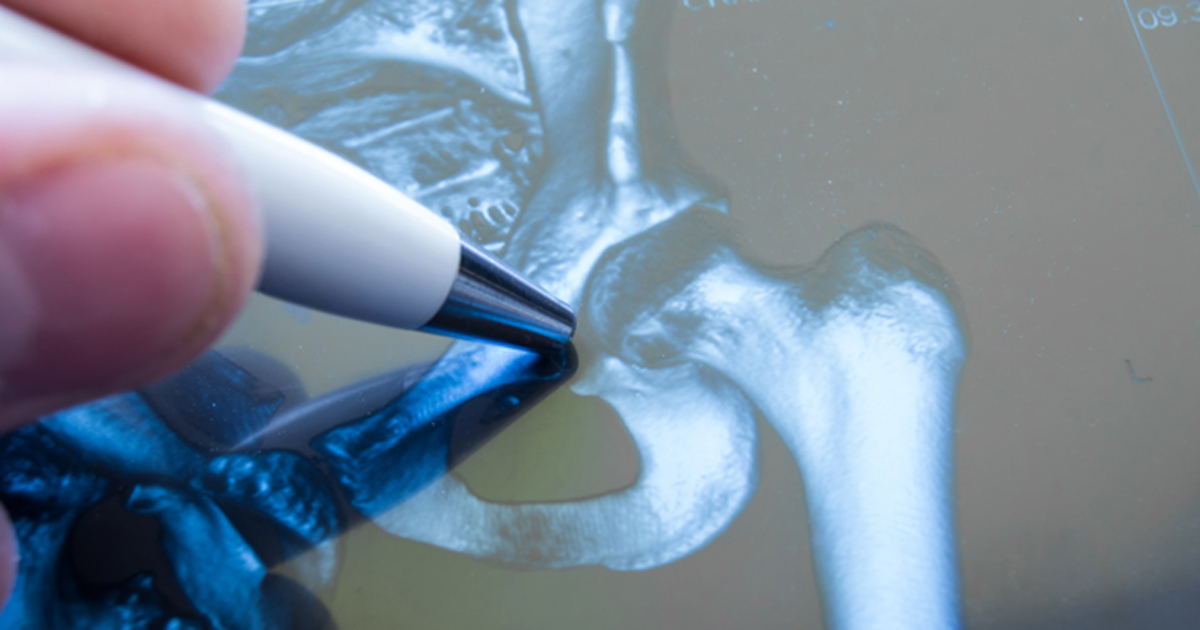European agency reconsiders, recommends romosozumab for fracture prevention
After a reexamination procedure, a European Medicines Agency committee announced a positive opinion recommending marketing authorization for romosozumab for the treatment of severe osteoporosis in postmenopausal women at high risk for fracture with no history of myocardial infarction or stroke, according to a press release from Amgen and UCB.
The decision marks a reversal for the Committee for Medicinal Products for Human Use (CHMP), which rejected the marketing authorization of the osteoporosis drug in July, citing potential cardiovascular risks as a major determining factor. At the time, the European Medicines Agency stated that due to some evidence that romosozumab (Evenity) makes MI and stroke more likely to occur while also potentially increasing mortality risk in older adults, the agency could not fully endorse marketing of the osteoporosis medication. Amgen and UCB announced at the time that they planned to appeal the decision.
Romosozumab has cleared regulatory hurdles in several other regions, including gaining approval from the FDA in April as well as regulatory agencies in Japan, South Korea and Canada.
“After a fracture, postmenopausal women with osteoporosis are five times more likely to fracture in the subsequent year, and these fractures can be life-changing,” David M. Reese, MD, executive vice president of research and development at Amgen, said in the release. “We are pleased by the committee’s opinion because we believe Evenity is an important therapeutic development for osteoporosis, and we look forward to the European Commission’s decision later this year.”

Romosozumab works by binding and inhibiting the activity of the protein sclerostin and, as a result, has a dual effect on bone, both increasing bone formation and decreasing bone breakdown. One dose of romosozumab consists of two injections, one immediately following the other, given once a month by a health care professional. The bone-forming effect of romosozumab wanes after 12 doses, so more than 12 doses should not be used. If osteoporosis therapy is needed after the 12 doses, patients should begin an osteoporosis treatment that reduces bone breakdown, according to the FDA.
“Postmenopausal osteoporosis and fragility fractures are significant women’s health issues that are far too often overlooked, with evidence suggesting that an estimated 77% of women aged 67 years or older remain undiagnosed and untreated in the first 6 months after a fracture,” Pascale Richetta, MD, head of bone and executive vice president at UCB, said in the release. “This is why new treatment options are so important. We believe that the committee’s positive opinion is an important step forward to help improve the lives of postmenopausal women with severe osteoporosis who are at high risk of fragility fractures.”
The European Commission will review the CHMP’s recommendation, and its decision is expected by the end of this year. – by Regina Schaffer
Disclosures: Reese is executive vice president of research and development at Amgen. Richetta is head of bone and executive vice president at UCB.
